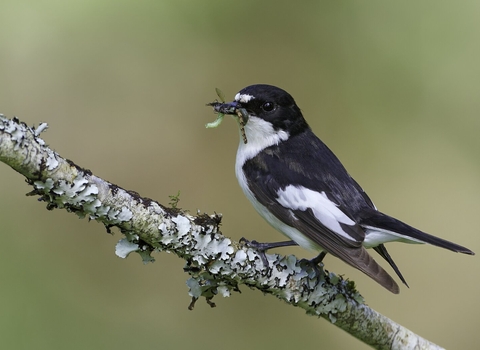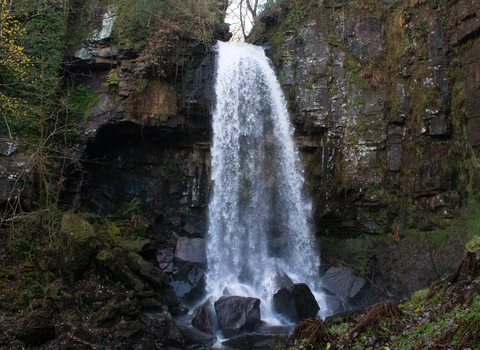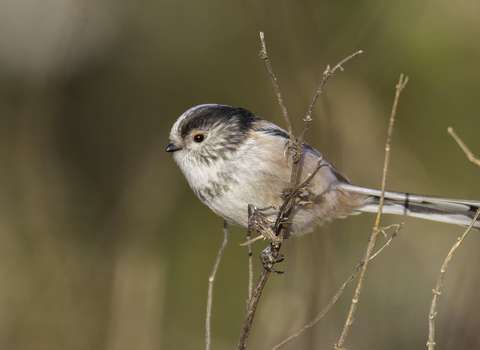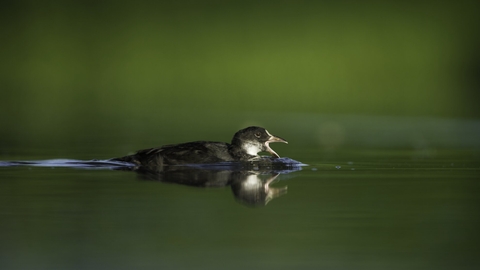
Coot Fulica atra A begging chick swims toward a parent Derbyshire, UK - Andrew Parkinson/2020VISION
Llyn Fach, Rhigos Road, Neath Port Talbot
Part of the Craig y Llyn SSSI. Also includes part of the Cwm Gwrelych and Nant Llyn Fach Streams SSSI.
Location
Know before you go
Dogs
When to visit
Opening times
Open access reserve.Best time to visit
All yearAbout the reserve
Great Woodrush and Bilberry flourish on the steep slopes and ledges, and a mosaic of recovering acid grassland, marshy grassland, heathland and bog can be found in the extensive clearfelled area of former forestry to the east of the lake.
The lake supports Water Lobelia in its southernmost British location, the regionally rare Floating-leaved Bur-reed, and extensive beds of Broad-leaved Pondweed and Water Horsetail.
The lake is home to a rich variety of dragonflies and damselflies, provides breeding habitat for Common Frog, Toad and Palmate Newt, and has one of the last remaining populations of Water Vole in Glamorgan. Otter are frequent visitors, and Trout can often be observed leaping from the water. Coot, Little Grebe and Heron are sometimes seen on the water or nesting in the vegetated margins.
A rich variety birds of prey can be spotted all year round, and Nightjar, Snipe, Cuckoo and Crossbill are known to utilise the clearfell and surrounding conifers. Ring Ouzel and Fieldfare are regular autumn visitors, when large flocks of migrating birds can also be seen stopping off to feed at the lake.
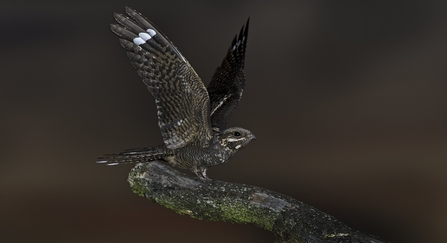
Nightjar Caprimulgus europaeus adult male alighting on song perch Suffolk Sandlings Spring / summer - David Tipling/2020VISION

